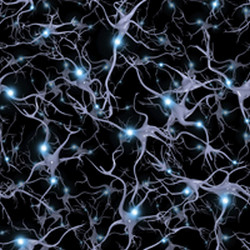Role of neurogliaform cells
In mammalian brains, the neocortex is responsible for motor commands, sensory perception, conscious thought and spatial reasoning. The primary somatosensory barrel cortex of rodents such as mice is ideal for studying the functional role of neurons because of their columnar organisation. The project 'Contribution of neurogliaform cells to signal flow in the barrel cortex during whisking behaviour' (NEUROGLIAFORM CELLS) was initiated to study the functional role of NGFCs in the barrel cortex of head-restrained mice. Researchers attempted to correlate the fluctuations in membrane potential recordings to whisker movement and whisker deflections. Currently, no mouse lines exist with specifically labelled NGFCs. However, previous research involving in vitro studies in brain slices revealed that NGFCs act as inhibitory gamma-aminobutyric acid (GABA)ergic neurons to modulate cortical function. Based on this, researchers focused efforts on studying GABAergic neurons in the brain using a two-photon microscope. Several technical difficulties arose during the course of the project, beginning with the selection of the best transgenic mouse line for study. Intensive training was required to perform in vivo imaging and whole-cell recording of fluorescently labelled neurons. NGFCs have very small cell bodies making whole-cell recording a difficult proposition. Despite this, project members successfully recorded neuronal signals in selected transgenic mice under anaesthesia. Recording in awake mice proved difficult due to technical issues with accurate electrode insertion. After several attempts, researchers managed to obtain whole-cell recordings from GABAergic neurons. Correlating behaviour with membrane potential fluctuations of NGFCs was not possible as anatomical identification of neuronal sub-type was unsuccessful. Despite project activities being unsuccessful in elucidating the function of NGFCs, participating researchers received invaluable training in in vivo techniques. This will further enhance their careers and facilitate cutting-edge research in the neurosciences.



